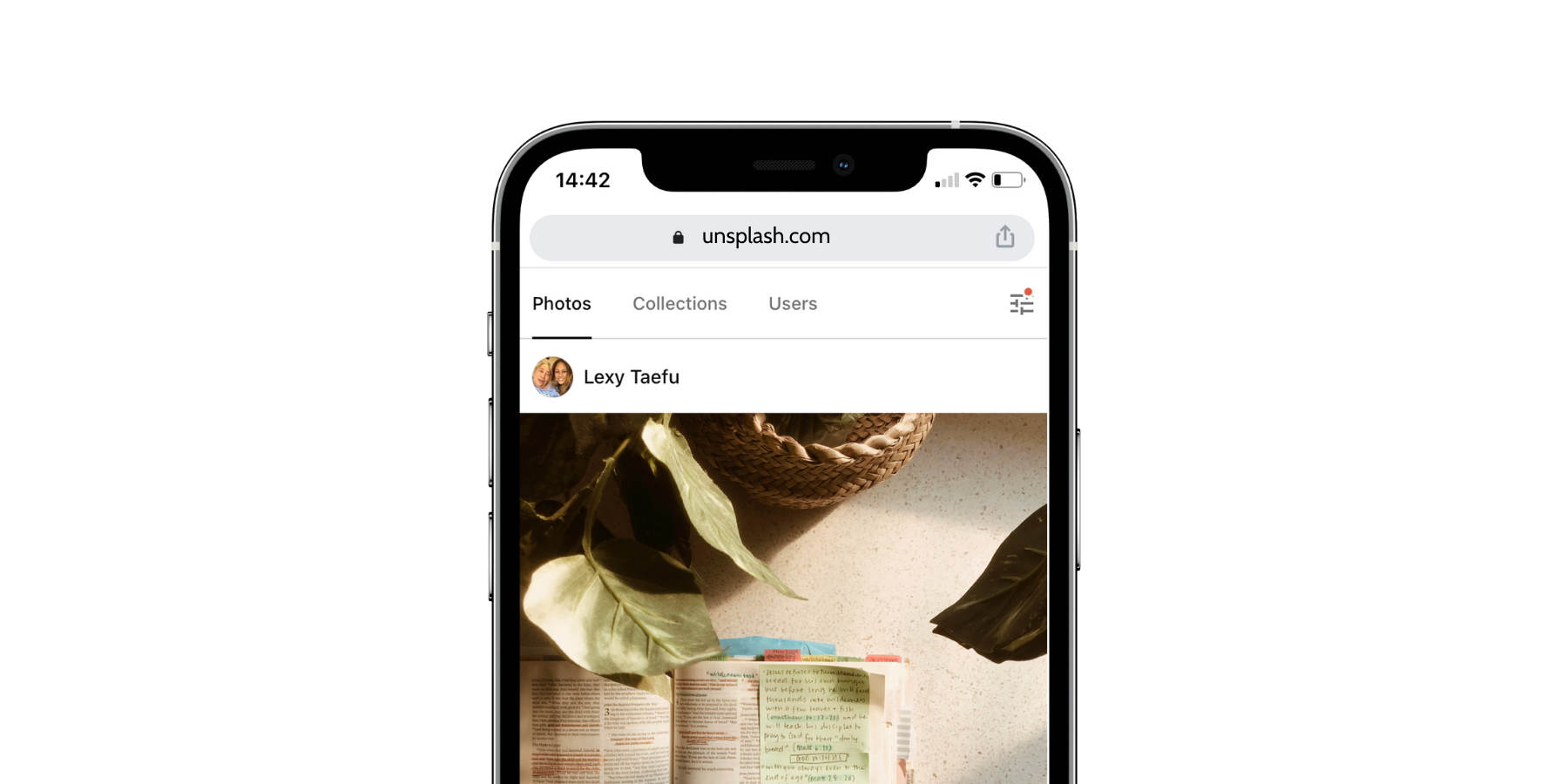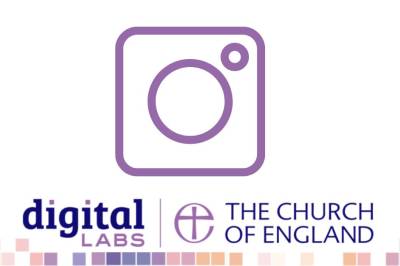27/09/2021
Get focused
There are three important questions to ask before you start designing.
What is your objective?
Think about what you’re trying to achieve with what you are doing. Just by articulating that, you can be really focussed up front. You will be able to cut out of your design anything that doesn’t relate to your objective. It also puts you in a good position at the end to measure if it was successful and to learn for the next time.
For example, your objective could be to:
- gain a new audience – attract the attention of a particular group
- engage your audience – invite them to do or take part in something
- share the love of Jesus.
Who are you speaking to?
Often the people you’re trying to reach with your design might be different from you. So it’s important to identify who your audience is and to think about how they might want to be spoken to – and how they don’t want to be spoken to. The best way to find this out is by asking them. This can be really informal, you can do it by asking a few people who are in the audience you want to reach.
What is your key message?
You may have many great things to say, but if you put too much content in your design, you will end up saying nothing because it will be hard for someone to grab the main message.
When you are designing, you may stare at the screen for a long time, but your design will only have a split second to grab the attention of your audience. So, work out what your key message is: the key thing you want people to know. Don’t be afraid to be ruthless and strip out anything that risks confusing the key message.
Choose your design package
Now you have laid the groundwork, you can start designing. To do this you will need a design tool.
For those who have a budget, look no further than Adobe Creative Cloud. With access to professional software like Photoshop, InDesign and Illustrator, and free fonts, templates and tutorials, the Creative Cloud Suite will cover all your bases. Adobe provide a nonprofit discount, so if your church is a registered charity, you may be able to apply.
For those with a limited budget, there are many free web applications including Canva (a favourite of Digital Labs), Genially and Adobe Spark. These offer free templates and simple to use interfaces. Just add your text to a free template and you can export and upload it to your website or social page. Canva offers its premium version free to registered nonprofits.
Create your design
Art is subjective, but, when creating graphics there are a few rules you can use to make your work as pleasing as possible.
Don’t use too many fonts
Using too many fonts can be distracting and may confuse your audience. Most typefaces will come with different variations, this may include light, regular or bold. Using bold as the title and regular/light as the body can look clean and won’t be distracting. Ideally try sticking to two fonts and only add a third if you think you really need to.
Use the hierarchy system
This is a system used by designers to ensure that the most important parts of their design manage to catch the viewer’s attention first. So, whatever you think is the most important information, – for example, the date, location or title of event - make sure it stands out and is clear to read.
Let your design breathe
Make sure you leave negative space – this is the area of the layout that is left empty. Not only around the objects you place in the layout, but also between and inside them. Negative space creates a kind of breathing room for all the objects on the page or screen. You don’t need to fill the design with text, images and objects. Having a clean design can help get your message across.
Include images
It is always great to take photos of your community yourself, but sometimes it may not be possible. So Unsplash, Pexels and Pixabay can come in handy as they offer royalty-free photos. Learn more about photography and GDPR here.
Remember your audience
Finally, don’t forget about your audience! Take a step back and ask yourself if your design will work for them. Always remember who you are designing for, and the objective you set at the beginning.
Sam Poch
Content Creator, The Church of England
Keep up to date with all things digital and join our Digital Labs newsletter





